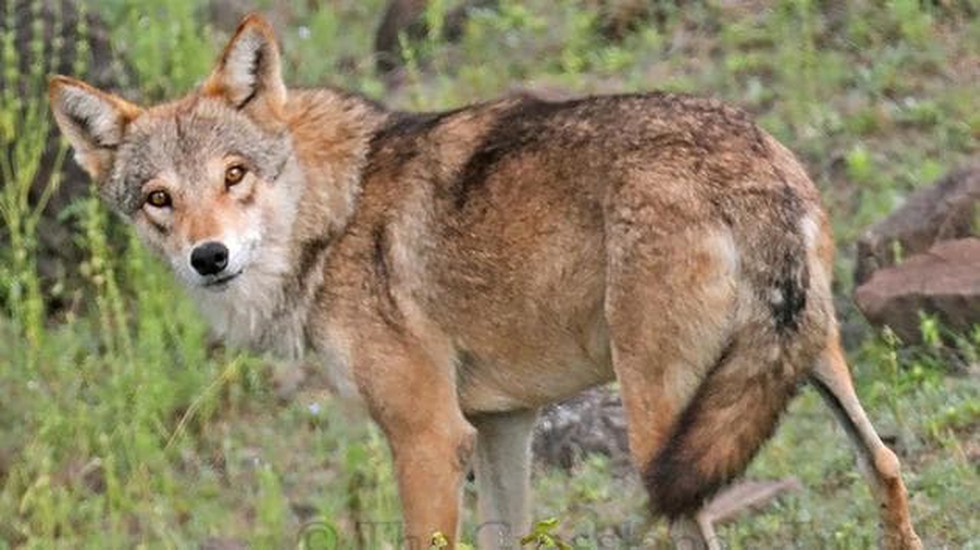Wildlife enthusiasts and experts are thrilled about the recent sighting of an endangered Indian grey wolf in the National Chambal Sanctuary in Etawah. This marks the first confirmed sighting of a wolf in the region in two decades.
Historical Context: Operation Bhediya (1997-2000)
The last sightings of wolves in the Chambal region were reported during Operation Bhediya, conducted between 1997 and 2000. This operation aimed to map the footprint of canines in the area.
Ecological Significance
According to wildlife experts, the sighting of an Indian wolf carries significant implications for the ecological balance in the Chambal region. The sanctuary is already known for being a habitat for critically endangered ghariyals, red-crowned roof turtles, and the elusive Ganga River dolphins.
Confirmation of Sighting
Kartik Dwivedi, an education officer with the Etawah Lion Safari, captured a picture of the grey wolf on January 15. Initially, he thought it was a jackal, but a fellow animal breeder identified it as a wolf. Wildlife experts, including those from the Wildlife Institute of India (WII) in Dehradun, have affirmed the sighting as that of an Indian grey wolf.
Observations by Experts
Divakar Srivastava, a retired divisional forest officer in Chambal, mentioned that Indian wolves were observed during Operation Bhediya in the late 90s, but after that, they seemed to have disappeared. Rajeev Chauhan from WII in Chambal corroborated this and emphasized the need for immediate conservation efforts, considering the depletion of forests and the declining wolf population.
Multiple-Choice Questions (MCQs) with Answers:
- When were the last wolf sightings reported in the Chambal region before the recent sighting?
- a) 2005
- b) 2010
- c) 1997-2000
- d) 2015
- What was the purpose of Operation Bhediya conducted between 1997 and 2000?
- a) To study river dolphins
- b) To map the footprint of canines
- c) To rehabilitate leopards
- d) To conserve ghariyals
- Why is the recent sighting of an Indian grey wolf in Chambal significant ecologically?
- a) It marks the beginning of a new conservation project
- b) Wolves are known predators of river dolphins
- c) It has implications for the ecological balance in the region
- d) Grey wolves are a threat to ghariyals
- Who captured the picture of the grey wolf in the National Chambal Sanctuary?
- a) Rajeev Chauhan
- b) Divakar Srivastava
- c) Kartik Dwivedi
- d) Operation Bhediya team
- What is the Wildlife Institute of India (WII) known for?
- a) Rehabilitating leopards
- b) Studying river dolphins
- c) Mapping canines’ footprint
- d) Conservation works in Chambal
